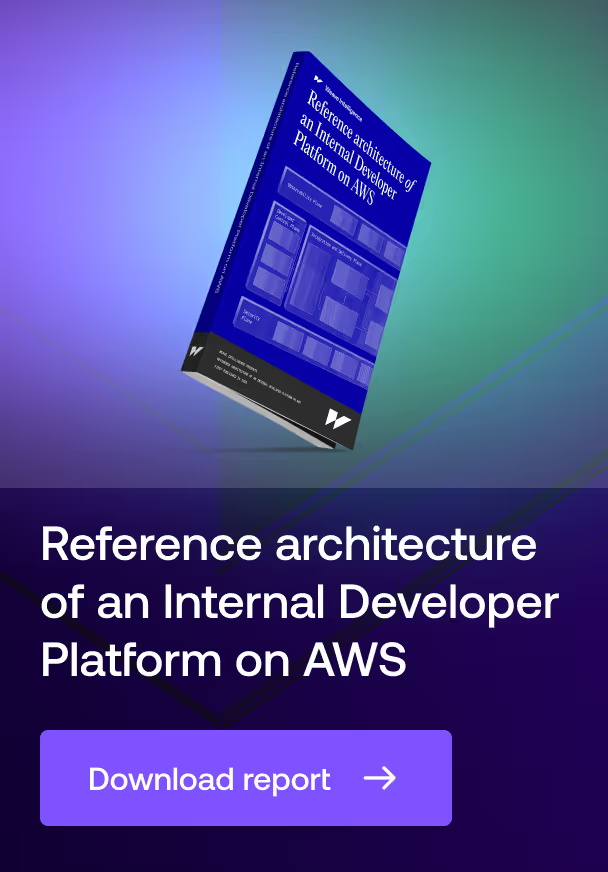
Aqua Security
Profile
Aqua Security is a comprehensive Cloud Native Application Protection Platform (CNAPP) that secures containerized applications and cloud workloads across their entire lifecycle. The platform combines vulnerability scanning, runtime protection, and cloud security posture management through both open-source tools and enterprise solutions. As a pioneer in container security since 2015, Aqua has established itself as a leading cloud native security provider, protecting critical workloads at major enterprises through a unified approach that integrates security controls from code commit through production deployment.
Focus
Aqua Security addresses the fundamental security challenges introduced by cloud native architectures, where traditional security approaches fail to protect dynamic, ephemeral containerized environments. The tool solves core problems including container image vulnerability management, Kubernetes security posture assessment, cloud misconfiguration detection, and runtime threat protection. It serves platform engineering teams, security professionals, and DevOps practitioners who need to implement comprehensive security controls without impeding development velocity. The solution enables organizations to maintain cloud native agility while enforcing security standards and compliance requirements.
Background
Founded in 2015 by Dror Davidoff and Amir Jerbi, Aqua Security emerged during the early adoption phase of container technologies, recognizing the need for purpose-built security solutions for cloud native environments. The company maintains both commercial enterprise platforms and popular open-source tools including Trivy, Tracee, and kube-bench under Apache 2.0 licenses. The platform protects workloads at over 500 enterprises, including major automotive manufacturers, financial institutions, and government agencies. Development remains active across both open-source and commercial offerings, with regular feature releases and security updates.
Main features
Comprehensive container lifecycle security
The platform implements multi-layer container security spanning image creation through runtime operation. It performs deep vulnerability scanning across all container layers, examining base operating systems, language dependencies, and application libraries. The system enforces image assurance policies that control which containers can progress through development pipelines and execute in production. Runtime protection prevents container drift through cryptographic verification, blocks unauthorized modifications, and employs machine learning-based behavioral profiling to detect anomalous activity that may indicate security threats.
Cloud-aware Kubernetes protection
The platform provides holistic visibility and security controls for Kubernetes environments through continuous posture assessment, privilege analysis, and policy enforcement. It automatically evaluates cluster configurations against CIS Benchmark standards, identifies excessive permissions, and prevents deployment of non-compliant workloads through admission control. The system implements identity-based microsegmentation at the container level, automatically mapping legitimate service connections and enforcing zero-trust networking principles to contain potential breaches.
Integrated supply chain security
The platform delivers comprehensive software supply chain protection by securing the entire path from source code through build pipeline to deployment. It continuously scans repositories for embedded secrets, generates software bills of materials (SBOMs) in standard formats, and validates artifact integrity. The system examines infrastructure-as-code templates for security issues before provisioning, while providing automated vulnerability correlation across the application lifecycle. This integrated approach prevents supply chain attacks by identifying and blocking malicious components before they reach production environments.





